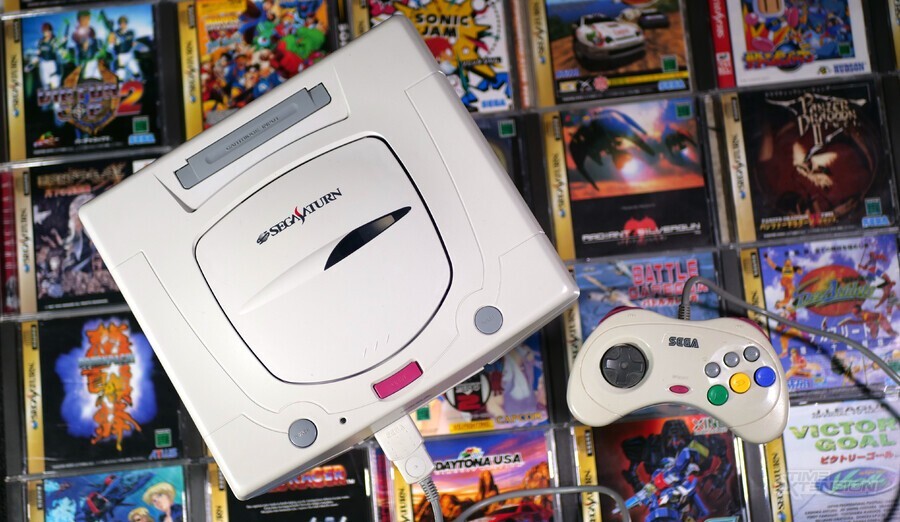
On this day 25 years ago, Sega pulled the plug on its 32-bit home console, the Saturn, in order to focus on its successor, the Dreamcast.
As reported by The New York Times, on March 14th 1998, Sega organised a "stunning retreat" from the US video game hardware market "in the face of stiff competition from Sony and Nintendo."
The company wrote off $450 million to cover its losses at Sega of America and said it expected to post a consolidated loss of 32.8 billion yen (around $254 million) for the year ending Mar 31st.
Sega's statement also claimed that it was looking to properly position itself for the next generation of home consoles and that it was working with Microsoft on its next system. The Dreamcast featured a custom version of the Windows CE operating system in order to speed up the conversion of PC games.
The console would be released in Japan on November 27th, 1998 (the North American and European releases would take place on September 9th, 1999 and October 14th, 1999, respectively).
The announcement was met with some degree of scepticism, with Moody's Investors Service downgrading Sega and questioning its ability to continue to be competitive in the video game hardware market.
The Saturn software release schedule plodded on in the west throughout the year, featuring notable titles like Panzer Dragoon Saga, Shining Force 3 and Burning Rangers, while in Japan, the console got even more support thanks to its larger market share, with Radiant Silvergun, Street Fighter Zero 3 and Dragon Force 2 hitting shelves.
However, Sega had pulled the trigger, and Saturn no longer represented the company's future.
